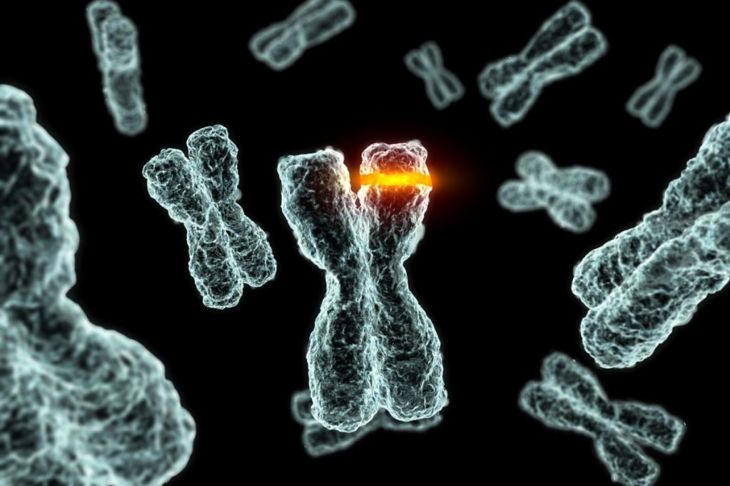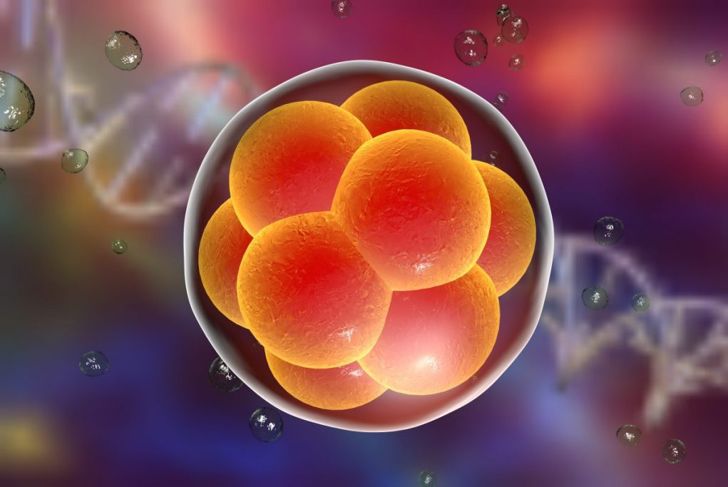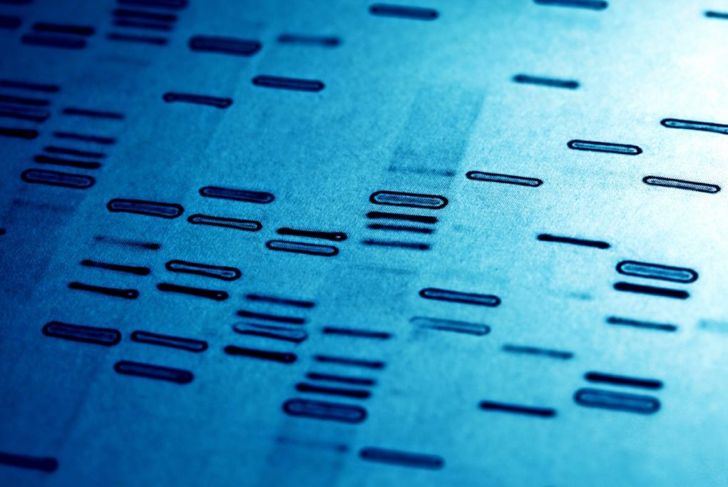To understand triple X syndrome, it is necessary to know a little about genetics, specifically sex chromosomes. Females have two X chromosomes, while males have one X and one Y. Triple X is a genetic mutation that only affects females. Instead of two X chromosomes, they have three. This mutation randomly occurs during cell division in the reproductive cells of the mother, the father, or the embryo itself. Triple X is very rare and affects only about one in 1,000 live births.
Presentation
Triple X syndrome is also referred to as trisomy X or XXX syndrome. One of the interesting things about this genetic mutation is that the symptoms can vary greatly from one person to the next. While some females do not have any symptoms at all, others can exhibit a wide range of abnormalities.
Neurological and Developmental Symptoms
Girls with triple X syndrome do not normally have any intellectual deficits, though they may experience some neurological and developmental delays. Infants and young children may have difficulty meeting developmental milestones for speech and motor skills. Older girls may continue to have trouble with language, including difficulties with reading comprehension or dyslexia. Most of these deficits are correctable with speech, occupational, or physical therapy. The earlier these interventions begin, the better the results.
Physical Symptoms
While developmental delays do not appear until 12 to 18 months of age, some mild physical characteristics may be apparent in infancy. The eyes may be wide-set with skin folds over the inner corners, and head circumference may be smaller than normal. Decreased muscle tone is common, and the pinky finger may have a slight bend or curve. In adolescence, girls with triple X syndrome are usually taller than their peers and are in the top 25 percentile for height.
Behavioral Issues
Some girls with triple X syndrome may have anxiety issues or develop attention deficit hyperactivity disorder (ADHD). These symptoms typically improve with age or require only short-term intervention. Detecting these problems and starting treatment early often has good results, significantly decreasing long-term issues. Some girls with triple X syndrome do not have any behavioral or emotional problems at all.
Systemic Abnormalities
Most women with Triple X syndrome experience normal sexual development and fertility. Some may experience abnormal development of the uterus and ovaries or delayed puberty. Later in life, they may experience premature ovarian failure, which is similar to early menopause. Some rare complications can also arise, including absence or malformation of the kidney, seizures, flat feet, and recurrent urinary tract infections. Some girls also exhibit heart abnormalities, though these are very rare.
Nondisjunction
Triple X syndrome is a genetic disorder, though it is not inherited. It is actually the result of a random genetic error that occurs either before conception or early in the embryo’s development. The most common cause of triple X syndrome occurs before conception, when either the egg or sperm divides incorrectly. This passes on an extra X chromosome to the embryo. This variety of the syndrome usually has more severe symptoms because every cell in the child’s body has an extra X chromosome.
koya79 / Getty Images
Mosaic
When the error in cell division occurs after conception, it is known as the mosaic variety of triple X syndrome. This happens early in the embryo’s development. In this case, only some of the cells have the extra X chromosome, while other cells develop normally. Symptoms of the mosaic variety are less pronounced.
Diagnosis
Diagnosis depends on the severity of the symptoms. Some girls and women do not show any outward signs of triple X syndrome and may not even know they have it. In other cases, signs and symptoms are obvious, and genetic testing confirms the diagnosis. Prenatal testing may also identify triple X syndrome while the baby is still in utero.
Treatment
There is no cure for triple X syndrome, and treatment focuses on the symptoms. Because a lot of girls and woman do not present with any severe symptoms, they may require periodic screenings to assess development. Speech, occupational, and physical therapy and educational assistance can improve deficiencies and are often very successful.
Counseling
Because girls and women with triple X syndrome commonly have behavioral or emotional problems as well as increased anxiety, a supportive environment is important. Parents should consider counseling or therapy to address difficult situations. For young girls, support is important to address issues of low self-esteem due to physical differences or poor school performance. As women with triple X syndrome begin to consider having children of their own, they may seek medical advice or fertility therapy to discuss fertility issues, genetics, and premature ovarian failure.

 Home
Home Health
Health Diet & Nutrition
Diet & Nutrition Living Well
Living Well More
More




















